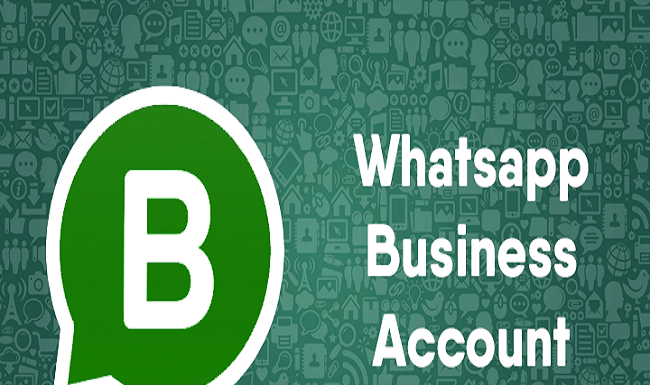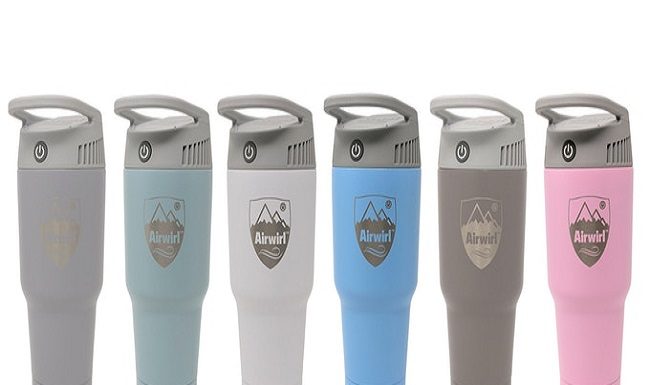The Internet of Things (IoT) has greatly expanded its reach over the last decade, transforming everyday life by connecting devices and enabling smarter homes. In 2024, smart homes are more advanced and integrated than ever, offering convenience, automation, and greater control. From smart lighting and thermostats to voice-controlled assistants and security systems, the integration of IoT into the home is revolutionizing how we live. However, this surge in connectivity also raises critical concerns, particularly around security and privacy.
Quickly, we will explore the latest innovations in smart home devices, the ongoing challenges with security, and the future of smart home integration within IoT ecosystems.
1. Smart Home Innovations in 2024
The smart home industry is booming, with new technologies emerging to make homes more efficient, responsive, and eco-friendly. By 2024, smart home devices have become even more integrated into daily life, with seamless communication between devices and expanded functionalities.
1.1. AI-Powered Virtual Assistants
Voice-controlled assistants such as Amazon Alexa, Google Assistant, and Apple’s Siri have evolved far beyond basic command execution. In 2024, these AI-powered systems can now predict user preferences, automate complex routines, and provide personalized recommendations based on daily patterns.
Advanced Natural Language Processing (NLP) allows these assistants to understand complex commands and even hold more natural, human-like conversations.
Integration with other smart devices means that voice assistants can control smart lighting, thermostats, and even security cameras, providing centralized control for homeowners.
AI learning algorithms can now anticipate user needs before they arise. For instance, your assistant may suggest adjusting the thermostat based on historical weather data or turning off lights automatically when no one is detected in a room.
1.2. Smart Energy Management
Energy efficiency is a key focus in smart homes of 2024. IoT-powered smart devices are helping homeowners reduce their energy consumption while maintaining comfort and convenience.
Smart thermostats, such as Nest and Ecobee, have become more advanced, incorporating AI algorithms to optimize heating and cooling patterns. These systems learn user preferences and adjust based on weather forecasts or occupancy data, reducing energy usage by up to 30%.
Smart lighting systems like Philips Hue and LIFX now feature enhanced automation, allowing for precise control based on time, motion detection, and even sunlight levels. LED smart bulbs are also more energy-efficient, lasting longer and consuming less power.
Home solar energy management has improved, with smart systems capable of tracking energy production from solar panels and optimizing battery storage use. This allows homeowners to use stored solar energy during peak hours or power outages, reducing reliance on the grid.
1.3. Home Automation and Interconnectivity
2024 has seen an explosion in smart home automation, where IoT devices work together to automate complex tasks without human intervention.
Smart appliances, such as refrigerators, ovens, and washing machines, are more intelligent, offering features like automated grocery ordering, personalized cooking settings, and efficient water and energy usage.
IoT hubs have become more powerful, with systems like Samsung SmartThings and Apple HomeKit allowing devices from different manufacturers to work seamlessly together. A single hub can control everything from security cameras to light bulbs, thermostats, and smart locks, making automation effortless.
Smart home robots are entering the mainstream. Devices like robotic vacuums, lawn mowers, and AI-driven home assistants are performing household chores with increasing autonomy and precision.
2. Security Concerns in the IoT-Driven Smart Home
While the convenience and comfort of smart homes are undeniable, the increasing number of connected devices also brings significant security risks. In 2024, cybersecurity is a pressing concern for IoT ecosystems as vulnerabilities can expose homeowners to privacy breaches, unauthorized access, and data theft.
2.1. Increased Attack Surface
As more devices connect to the home network, the attack surface expands, giving cybercriminals more entry points to exploit. From smart locks to cameras and even refrigerators, any vulnerable device can be used to gain access to a home’s network.
Weak passwords or default credentials on devices remain a significant security flaw. Many users fail to change default settings, making it easier for hackers to gain control of devices.
Outdated firmware is another issue. Manufacturers release regular updates to patch vulnerabilities, but users often neglect to install these updates, leaving devices exposed to known exploits.
2.2. Data Privacy Concerns
With smart homes becoming more personalized and integrated, the amount of data generated by IoT devices is enormous. This data often includes sensitive personal information, raising concerns about how it is stored, shared, and protected.
Smart home devices collect data on user behavior, preferences, and schedules. If this data is not encrypted or properly secured, it could be intercepted by hackers.
Third-party access to personal data is another concern. Many IoT devices connect to cloud-based services, meaning that user data may be shared with service providers or even advertisers. Homeowners need to ensure that their privacy settings are configured to limit data sharing.
2.3. AI and Security
AI is not only powering the functionalities of smart homes but is also playing a role in enhancing security. AI-driven cybersecurity solutions are being implemented to detect unusual activity and respond to potential threats in real-time.
Behavioral analysis algorithms can now detect anomalies in smart home device usage, such as unexpected logins or commands issued at unusual times. These systems can alert homeowners or automatically trigger security measures, like locking doors or disabling devices.
Biometric security is being integrated into more devices, using facial recognition and voice authentication to ensure that only authorized users can access certain systems.
3. The Future of IoT Integration in Smart Homes
The future of smart homes lies in even deeper integration with the IoT ecosystem. In 2024, the trend is toward a completely connected home where every device communicates with each other, and IoT extends beyond the walls of the home to connect with smart cities and communities.
3.1. Integration with Smart Cities
As smart city infrastructures grow, smart homes will increasingly interact with urban systems to provide a seamless living experience. For instance, homes could automatically adjust energy consumption based on real-time data from the city’s grid, optimizing usage during non-peak hours.
Smart grids will allow homes to feed energy back into the grid, contributing to overall energy efficiency and reducing the burden on power plants.
Smart traffic systems could notify homeowners when to leave for work, syncing with smart home systems to turn off lights, lock doors, and arm security systems once the homeowner departs.
3.2. 5G and IoT Expansion
The rollout of 5G networks is transforming how smart homes communicate, offering faster, more reliable connections. In 2024, 5G ensures that smart home devices have ultra-low latency, allowing for real-time interactions and a more responsive home environment.
Smart sensors will become more widespread and sophisticated, providing real-time data on everything from energy usage to air quality. These sensors, combined with 5G’s high-speed connectivity, will enable faster data transfer between devices and allow for instantaneous actions, like adjusting thermostats or lighting when someone enters a room.
Edge computing in smart homes is also gaining traction, reducing reliance on cloud servers and processing data locally. This not only increases speed and efficiency but also enhances security by keeping data within the home network.
3.3. Sustainability and Green Living
Smart homes in 2024 are also becoming more eco-friendly. Home automation, energy-efficient devices, and integration with renewable energy sources like solar panels allow homeowners to reduce their carbon footprint and live more sustainably.
Smart irrigation systems conserve water by automatically adjusting based on weather forecasts and soil moisture levels, reducing waste.
Waste management systems integrated with smart homes could track recycling and composting efforts, offering insights on how to reduce household waste.











































